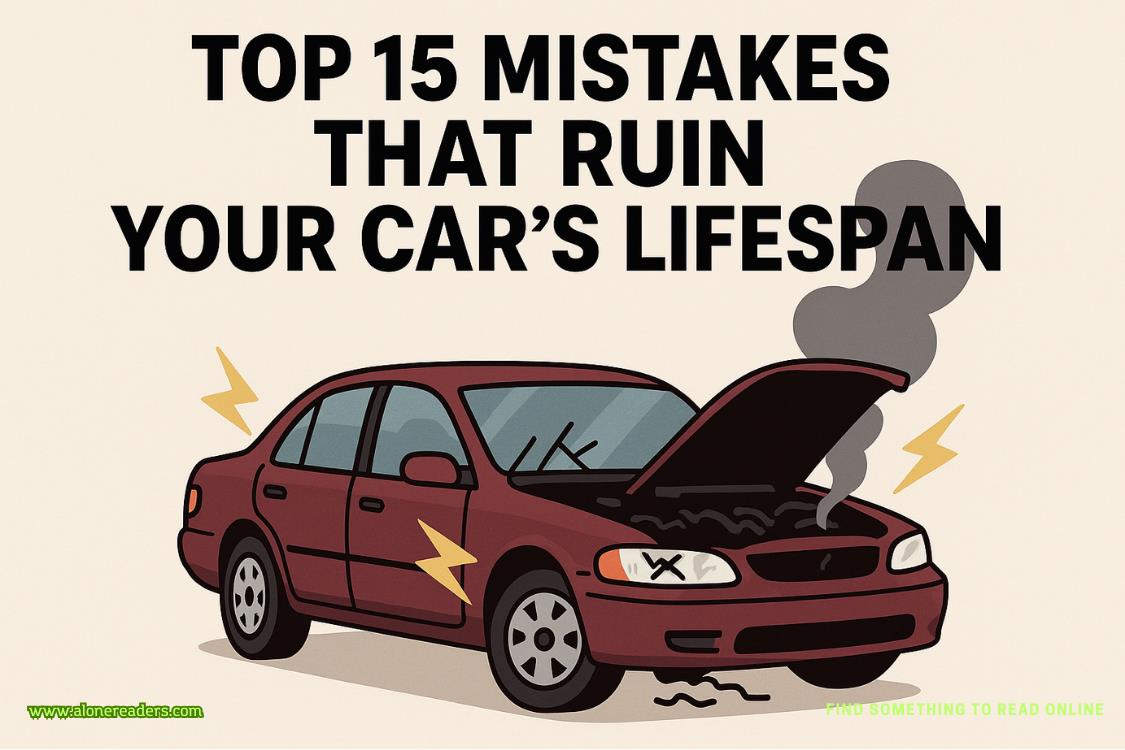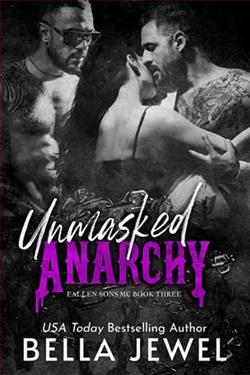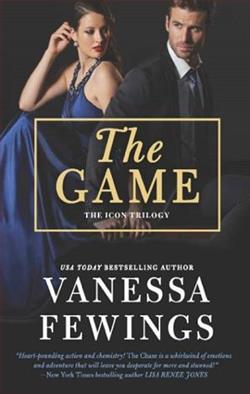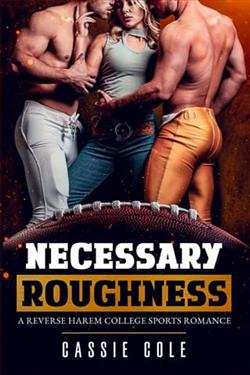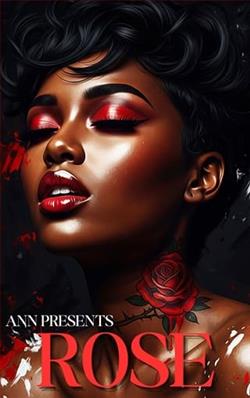Page 67 of Don't Tell Teacher
‘Fine.’
Anxiety whirling in my stomach, I head into the kitchen and pour hot water into my tea mug, taking a while to dunk the teabag up and down.
Then I sit on the sofa and have a much-needed sip of tea.
After a few minutes of staring into space, I absentmindedly slide Tom’s school photos from the brown envelope. I put the class photo to one side at first, and find the portrait shots of Tom.
My little boy stares at the camera, blue eyes hazy and out of focus, tie askew.
He looks … in another world. Not quite there.
We need another doctor’s visit, I decide. Maybe tonight if they’ll fit us in. The doctor always says the same thing. He’s getting fed up with me now.Tom seems right in himself. No temperature. Blood pressure fine. But Tomisn’tright in himself. Hasn’t been since his first day at this new school.
I pick up the class photo.
Tom’s whole class stares back at me, three rows of them arranged on gym benches in the school hall. I’ve never seen school children look so serious. They are immaculate and identical, hair clipped neatly on the boys and tied back on the girls, school uniforms perfectly worn. None of the children smile. In fact, most look nervous, holding their bodies rigid, eyes wide.
A silk school banner pinned behind them announces:
Steelfield School: Semper Fortis
They’re good quality, these photos. Thick and glossy in hard, cardboard frames. They’ve placed the taller children at the back, so of course Tom is in the front row with a lot of girls and two other shorter boys. Tom looks too young for his class – smaller than the others in his year.
But that’s not what worries me.
What worries me is the fear in Tom’s eyes. The tension in his body. How terrified he looks.
Pauly Neilson stands behind him, a grimacing mixture of milk and adult teeth. I know Pauly is just a kid, probably with a whole host of problems. But that doesn’t make him any less menacing.
Pauly’s tanned arms, poking from grey-white summer shirt sleeves, are out of place in the sea of blazers. They spoil the neat lines of the photo and make the class look unruly, as if the photographer can’t control him.
Then I notice something. Two tiny circular specks on Pauly’s right forearm. It’s hard to tell the colour – red, black, grey – because Pauly is just one lot of colourful pixels among thirty other children. But …
They look like injection marks.
No. The school will say I’m being paranoid.
Iambeing paranoid.
I put a hand to my forehead, feeling a headache coming on.
I should take some paracetamol. Chase the headache off before it takes hold.
Heading to the kitchen, I pull down the cardboard box of medical stuff. It’s an old Pampers box with the leaves cut off and ragged cardboard lining the top.
Resting inside, on a mountain of bandages, plasters and antiseptic bottles, is a flimsy plastic box – the sort you get Chinese restaurant food in. The egg-fried rice has long since been eaten, the box cleaned to a salty, opaque finish by Olly’s dishwasher, and now it’s used to hold paracetamol, cough syrup and anything we’re given on prescription.
This includes the blood-thinning meds from the hospital – one bottle of which I found empty in Tom’s school bag.
I’m suddenly aware that Tom must have climbed up here to take those meds. Probably using a chair, clambering like a monkey over the kitchen counter. I feel sick at that thought. What could make him so desperate to steal medicine?
The box feels lighter than it should, and I’m frowning when I peel back the plastic lid.
There should be … Where is the new bottle of blood-thinning meds? Am I going mad? I’m sure I picked them up from the pharmacy yesterday … didn’t I?
‘Tom?’ I call up the stairs. ‘Tom. Come down here, please.’
Tramp, tramp, tramp.



